A collection of poetry inspired by the tradition of using Hafez’s qazals to tell one’s fortune. Composing this collection of “shakhe nabat” goes back to the time when I was into buying random poems of Hafez from wandering street vendors. (Instead of begging they sell colorful envelopes which contain a stanza from a Hafez qazal along with an interpretation, these cost a few coins. People will make wish or ask a question then choose a random envelope to find an answer to their query. At home this is done by opening the collection of Hafez’s qazals to a random page.) At that time, it was the overt linguistic and world view gap existing in the two versions of the “fortune”; the original poem by Hafez and its accompanying layman’s interpretation that lit my playful poetic flame to write something borrowing from both texts that could nestle within this gap. I believed that I couldn’t ignore the humorous aspects of this gap and not end up with poetic content. The “fortune” in general follows a style and rigid order. Opening with a salutation of “oh my dear” or “oh esteemed one”, then expounds on the existing situation, and after eluding to an imminent future event and concludes with some type of counseling. The interpretations of Hafez’s qazal in the street fortunes each rely on this formula. However “shakhe nabat” have a humerous focus, a playing with words that includes hafez, hedayat, shams and forugh farokhzad and includes superstition, proverbs, song lyrics, slang as well and the moral or outcome or final conclusion of the fortune might be a satirical parody as a result. The aim of the calligraphy used was not for beauty and more attractive interpretation of the words in the familiar way, but to create a visual dialogue with the text itself. In order to achieve this result I tried to use and give beauty to all the possibly neglected forms of writing and all things large and small follow that tradition, that necessitate rough drafts, things that according to the modernists are extinct.
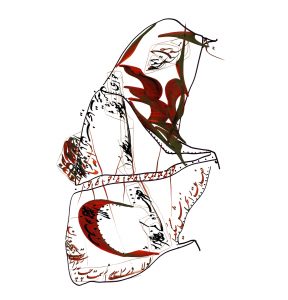
Take this advice
O master of the faal!
Thou aim at keeping thy secrets? Show a bit depressed! Don’t scratch the delicate limits of your sides, carelessly! Turn from left to right the hinge of the door translate your thoughts into the language of vegetables and trust them to still, purifying water.
No room in the monastery
for the game of love
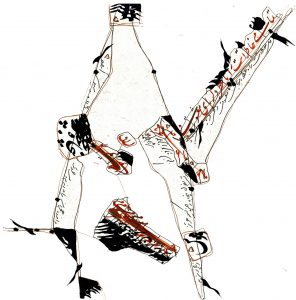
O master of the faal
Sew the word on the cock’s tail and the moon and Freedom Square, and through a whistle, fifty and some kilohertz long, cry out “No!” Open up all your memories along with the charming perfume of a supposed lover, perform the custom of kill-affair hurriedly, light, wandering, and sew the sorrow of separation on the cock’s tail and the moon and Freedom Square. Not a word on the fight between the fingertip and the root anymore
You flirt and fuss and
His highness cares
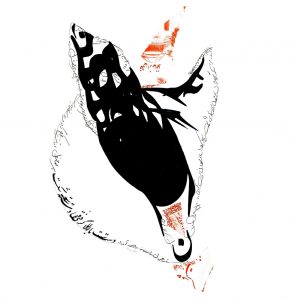
Take with ease whatever comes to pass, he said
O master of the faal
you aimed high the handle broke! Since you started gauchely walking you’re a stranger to the earth, may god bless the gazelle who strays every night from the moon’s orbit, to piously perform happiness
The world is harder on those who harder work
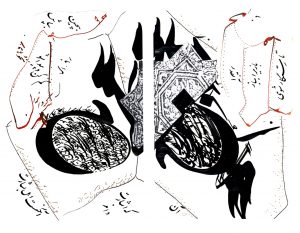
Last night at the crack of dawn
O master of the faal
You’ve had a dream of a bed sheet wandering in the graveyard, related it to the ear of smooth water and went back to sleep and awoke yet again, what for? Get up tomorrow morning under your pseudonym, go to the mountains, pick green peas beside black strings, sprinkle the orange stamens of flowers with salt, lose yourself a thousand times and reappear, and lose the game lose enough to win salvation
Words of hope are destined for those who read
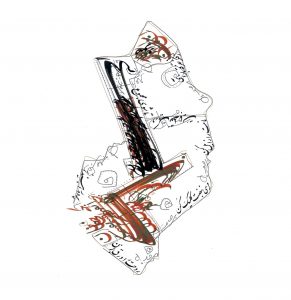
Renounce the thought of dispersal
O master of the faal! Click on your pulse, turn the page of your soul, stand on a point, delete your name, drop the curtain, and after that multiply by the power of n
To be joined
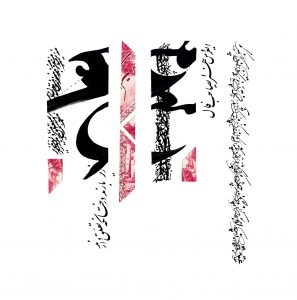
Oh bride of art O master of the faal
Do not fault thy fortune, there are facts always available that you don’t make out; be informed and aware that there is a certain amount of fat as thin as an oblique strip embracing your feeling, you have an untimely judgment and a life full of death. You cannot become devoid of women, as with bread and salt, but be informed and aware that … beat it! “A lover separated is happier than one joined”
Burdened are trees which bear attachment
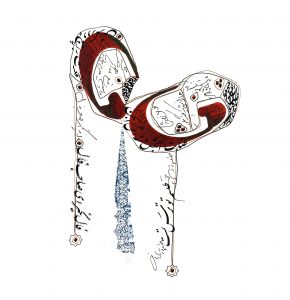
Seek no faal
O master of the faal!
Haamun, like a bold panther, gulps down the very last bowl of the moon. With your thought wind its waist …heave your rope…break its handle…your spell is your dread;
Not a soul is aware of
the End
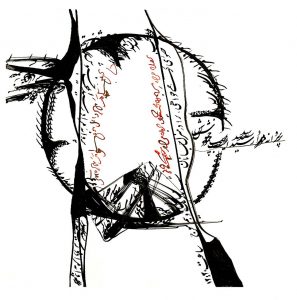
If you ask all to be present
O master of the faal
For you, at the house of the beloved, the dark night and fear of the wave
at 12:30
The butterfly of your devotion has come
Lover stay silent
